Roof rats prefer to live in palm trees, where they are protected from the elements as well as predators’ prying eyes. They can also spread disease and damage palm trees for miles to the roof of a house, and the rest of the building. Do you want to know, How To Get Rats Out Of Palm Trees?
To get rats out of palm trees, you can employ methods such as baiting with specific foods like fruit, nuts, and nesting materials and using various traps like snap traps, electronic traps, and glue traps. Additionally, ultrasonic repellents and other deterrents may help in preventing rats from entering palm trees.
Few choices are available to get rid of roof rats if there are signs of an infestation. Learn the methods to getting palm rats out of a tree by reading the article below.
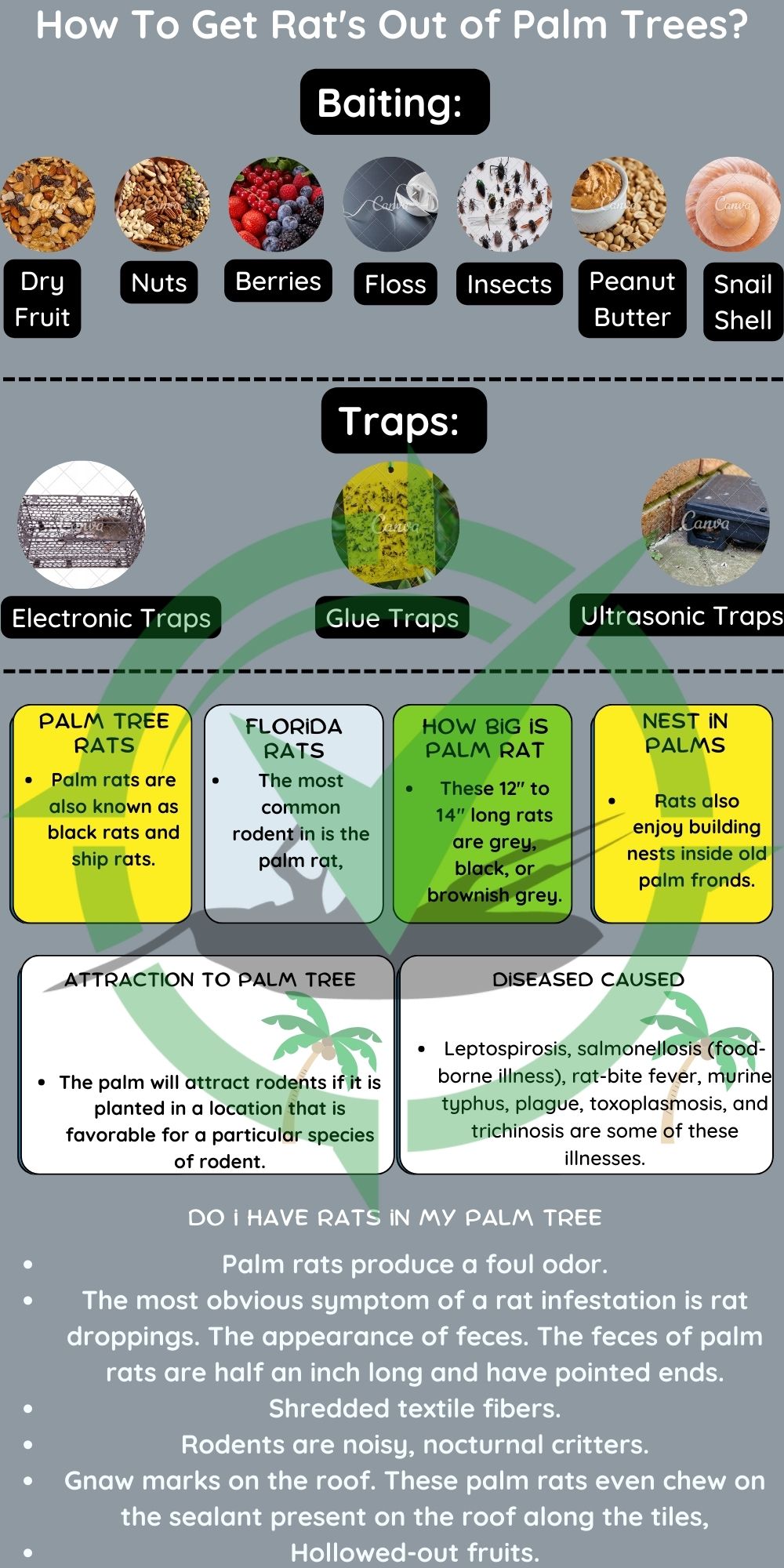
Methods To Getting Rats Out Of Palm Trees
The following are some of the most common methods for removing root rats from trees: rat traps, including snap traps, glue traps, and electronic traps, as well as repellents
1- Baiting
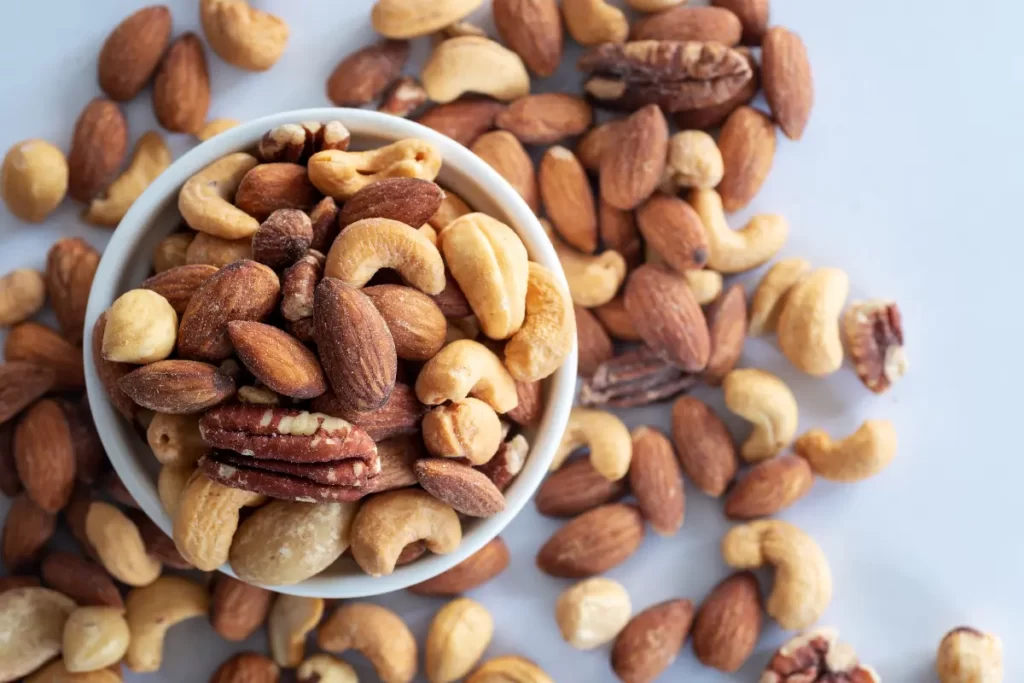
Using the right bait makes it simple to tempt these pests, which is a crucial component of using traps. Rats are frequently wary of new food sources that appear in their surroundings. Bait the trap for a few days without setting it off so the rats get used to it and learn to trust it as a source of dependable food.
You should use any of the following as bait because roof rats prefer a different diet than other varieties of rats:
- Fruit dried (best)
- Nuts (best)
- Berries
- Nesting materials such as dental floss
- Insects
- The peanut butter
- Shells of snails
2- Traps
Snap Traps

Snap traps may appear to be an old-fashioned method of catching rats, but they are still very effective. A metal bar snaps down on the rat, killing it. There must be several traps set to significantly reduce rat populations because each trap kills one rat. Snap traps have the following advantages:
They are discarded. They are reusable if desired, and can be used both indoors and outdoors. They are non-toxic.
You can verify the kill because you can see the dead rat.
Electronic Traps
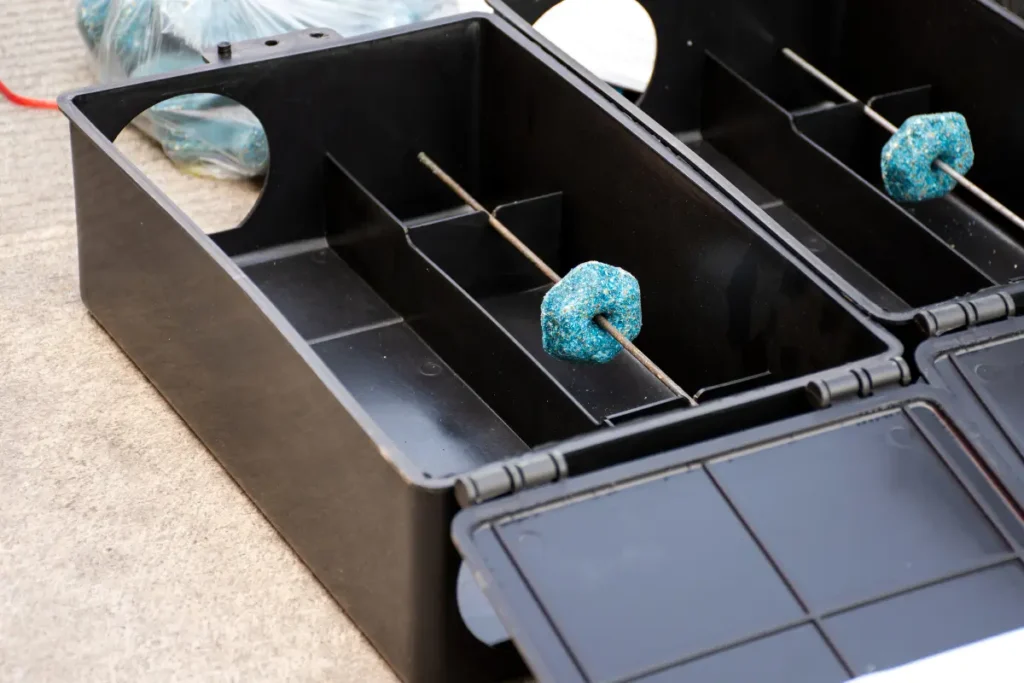
Modern alternatives include electronic traps. They are a non-toxic and humane method of dealing with rats. To kill the rat, these traps deliver a high-voltage shock. These indoor-only traps have several advantages:
- They can be reused.
- Although the dead rat is not visible, it can be easily disposed of.
- A blinking light indicates a kill.
- They are suitable for use around children and pets.
Glue Traps
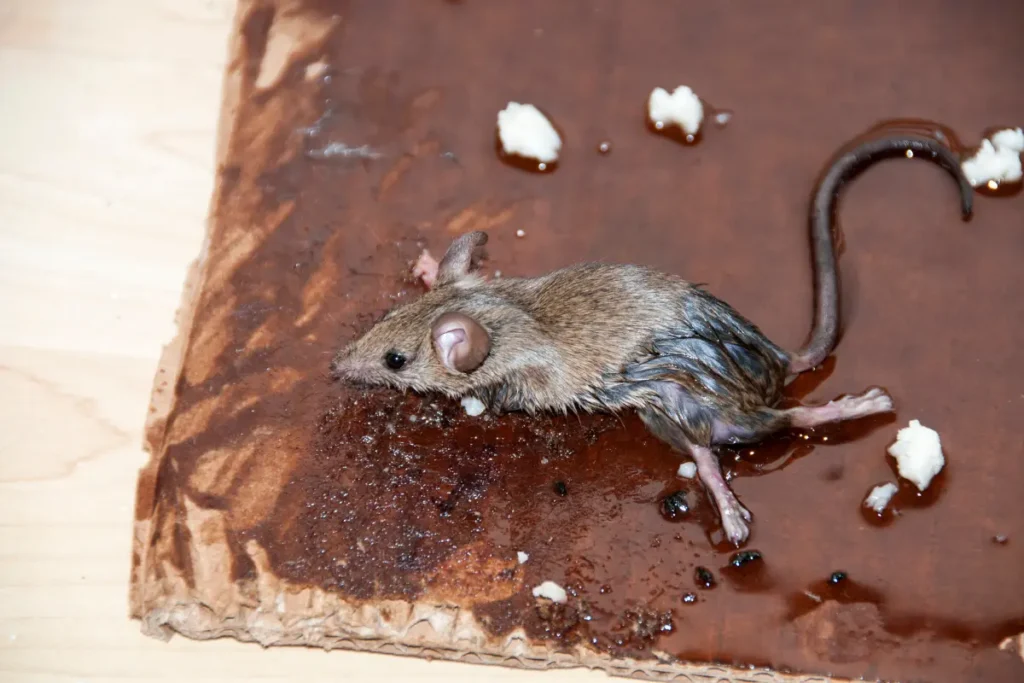
Rat glue traps are also available. Glue traps are simple to use because they don’t involve any baiting or setting. Simply hang glue traps along the wall in areas where rats like to run.
Ultrasonic gadgets
To prevent rodents from entering your home, ultrasonic repellents work by emitting non-repetitive, high-frequency sound waves. The sound is unpleasant for rodents but not for humans or most pets.
Dogs, cats, and fish are unaffected, but hamsters and guinea pigs must be relocated. All ultrasonic equipment is easy to use; you simply plug it in, regardless of which one you select. There is no baiting. There is no configuration.
Do Palm Trees Have Rats?
The palm rat is the smaller of the two commensal rats, with the Norway rat being the larger. Palm rats are also known as black rats and ship rats. The roof rat gets its name from its proclivity to seek refuge in the uppermost parts of buildings.
Roof rats are palm rats, fruit rats, and black rats are all the same thing. These are the rats that carry the bubonic plague as well as fleas. They’ve been living with humans for eons, and they’ve always been much less ideal guests.
However, compared to the terrifying Black Death, rats spread a much greater number of diseases. Leptospirosis, rat-bite fever, murine typhus, and salmonella are a few others.
Thought to have originated in Southeast Asia, palm rats are now widespread, especially in tropical areas. Palm rats are prevalent in coastal states, seaports, and the country’s southern third. Roof rats originated in Southeast Asia.
Do Rats Live In Palm Trees In Florida?
The most common rodent in Florida is the palm rat, also known as the palm tree rat. Because of the state’s hot, humid climate, encourages the development of palm trees. They are known for climbing and building their nests in palm trees. These rodents primarily consume the tree’s fruit.
There are two kinds of palm rats. The true palm rats, Rattus Palmarum, are found only on India’s Nicobar Islands. The majority of palm rats found in Florida are common roof rats, also known as palm tree rats /black rats.
They are excellent climbers and can easily nest in trees. In comparison to sewer rats, these rats are smaller and weigh only half a pound. However, due to their similar body size, they are easily confused with wood rats.
How Big Is A Palm Rat?

The rodent family Muroidea includes the palm rat as well as the roof rat, citrus rat, black rat, and ship rat. Tropical and subtropical dry forests as w, as well as mangrove forests, are the natural habitats of palm rats. They are climbers and are more common in tropical climates.
These pests prefer to nest above ground in trees, particularly palm trees, hence their unusual name. Fruit is their primary source of nutrition. These 12″ to 14″ long rats are grey, black, or brownish grey, with lighter-colored stomachs.
These palm rats gnaw on the wiring in the walls, short-circuit electrical devices, rummage through the garbage, and damage the garden by feeding on vegetables, plants, and fruits.
Do Rats Nest In Palms?
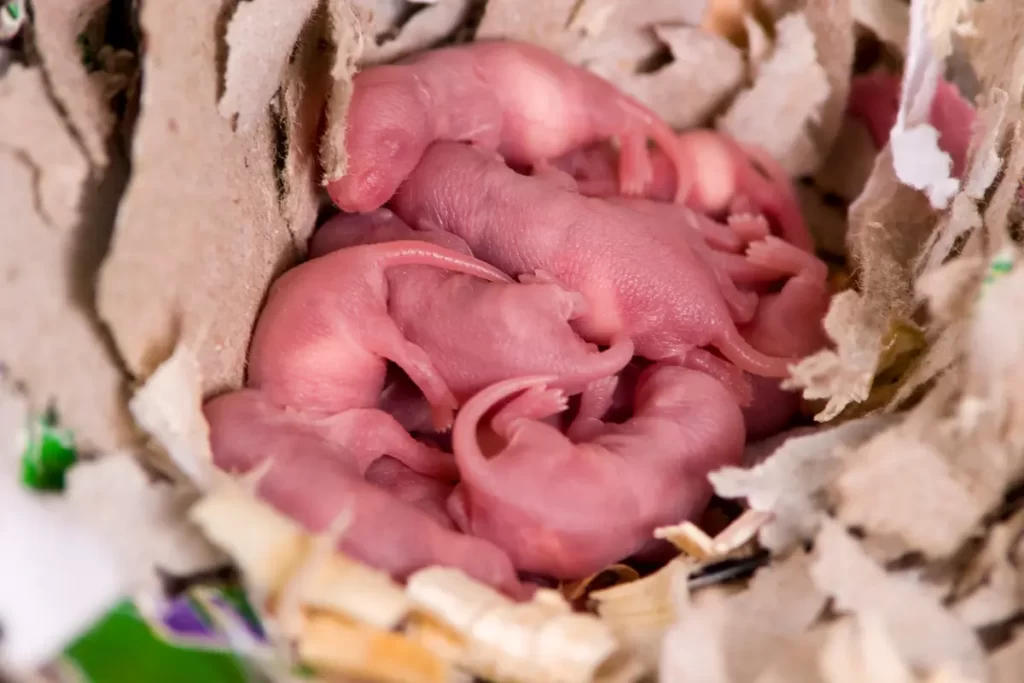
Roof rats prefer to live in trees, where they are protected from the elements as well as predators’ prying eyes. In addition to hollow trees and old, dead frond skirts, roof rats also enjoy building nests inside old palm fronds.
Palm rats typically build them out of natural materials such as bits of wood, trees and, bushes, as well as other plant debris. Other shredded materials, such as fabric and paper, may also be used. Their nests are typically 4-6 inches in diameter and loosely woven.
They prefer to live above ground to avoid predators, but will happily live in dense undergrowth as well. They can also spread disease and damage by moving from palm trees in the yard to the home’s roof and then into the interior of the building. Rats chew on things just like other rodents do, but due to their larger size, they can do much more harm.
Why Are Rats Attracted To Palm Trees?
Palm trees in the backyard can attract certain rat species, specifically palm rats/roof rats. This is determined by the type of palm, its position, and the type of rats. The palm will attract rodents if it is planted in a location that is favorable for a particular species of rodent.
Rats are drawn to most palm trees for a variety of reasons. One of them is that they give them an abundance of food. They also provide a high perch for rats to live in, keeping them safe from predators. These rates are additionally shielded by tall trees with thick fronds during windy or rainy conditions.
There are even palm-eating rodents in the genus Callosciurus, which includes the baking/plantain/palm squirrel. They inhabit the tropics and when in large numbers, can seriously harm groves of palm trees like coconut, oil, and pining palms.
What Do Palm Rats Eat?

Fruit, vegetables, and grains are the primary sources of nutrition for palm rats. They are climbers and are more common in tropical climates. These pests prefer to nest above ground in trees, particularly palm trees, hence their unusual name.
Roof rats can jump up to eight feet and have bodies that range in length from three to eight inches. Roof rats live for 2-8 years. Up to six times per year, female rats can give birth to litters of 5-8 babies.
How Far Can A Palm Rat Jump?
Palm rats can jump approximately eight feet. Naturally, rats spread and may move from high on the tops of trees to jump onto your property’s roof and find a building.
Rats, like humans, require access to water to survive, which is why they jump on trees. They can travel from one location to another more quickly this way. If the tree is only 8 feet high, they can hop right into it; otherwise, they would have a very difficult time.
What Diseases Do Palm Rats Carry?
Roof rats are a serious threat to public health and safety because they are linked to the spread of numerous diseases to both people and domestic animals. Leptospirosis, salmonellosis (food-borne illness), rat-bite fever, murine typhus, plague, toxoplasmosis, and trichinosis are some of these illnesses.
In Arizona, roof rats may harbor ectoparasites that can harm humans if they bite them. These ectoparasites include the Oriental rat flea (Xenopsylla cheopis), tropical rat mite (Ornithonyssus bacoti), spiny rat mite (Echinolaelaps echidninus), spiny rat louse (Polyplax spinulosa), and tropical (Hoplopleura Pacifica).
Ectoparasite bites typically cause skin itchiness and irritation, but some of these parasites can cause more serious problems, like transmitting disease-causing pathogens to humans. Ectoparasites can also spread from roof rats to domesticated animals.
How Do You Know If You Have Palm Rats?
Following are some signs to find out about palm rat infestation:
- Palm rats produce a foul odor.
- The most obvious symptom of a rat infestation is rat droppings. The appearance of feces. The feces of palm rats are half an inch long and have pointed ends.
- Shredded textile fibers.
- Rodents are noisy, nocturnal critters.
- Gnaw marks on the roof. These palm rats even chew on the sealant present on the roof along with the tiles,
- Hollowed-out fruits.
- They may leave footprints or grease trails throughout your home.
- Sounds of scratching or moving can be heard all over your house, especially at night in the attic.
- Agitation or unusual behavior in pets.
Conclusion
Roof rats prefer to live in palm trees, hollow trees, and old, dead frond skirts; they also enjoy nesting inside old palm fronds. Palm rats typically construct them out of natural materials such as scrap wood, trees and bushes, and other plant debris. They are shielded from the elements as well as predators’ prying eyes by the tree.
They are well-known for climbing and nesting in palm trees. The fruit of the tree is primarily consumed by these rodents. They can also spread disease and damage palm trees. If there are signs of an infestation, there are few options for getting rid of roof rats. Trapping and baiting are the most effective methods for getting rats out of palm trees.
Humans have been living with us for eons, and they’ve always been less than ideal-guests. However, rats spread a much greater number of diseases than the terrifying Black Death.
References
Díaz, J.C., Song, Y., Moore, A. et al. Analysis of vkorc1 polymorphisms in Norway rats using the roof rat as outgroup. BMC Genet 11, 43 (2010).
Wales KN, Meinerz R, Baldwin RA. Assessing the Attractiveness of Three Baits for Roof Rats in California Citrus Orchards. Agronomy. 2021;


